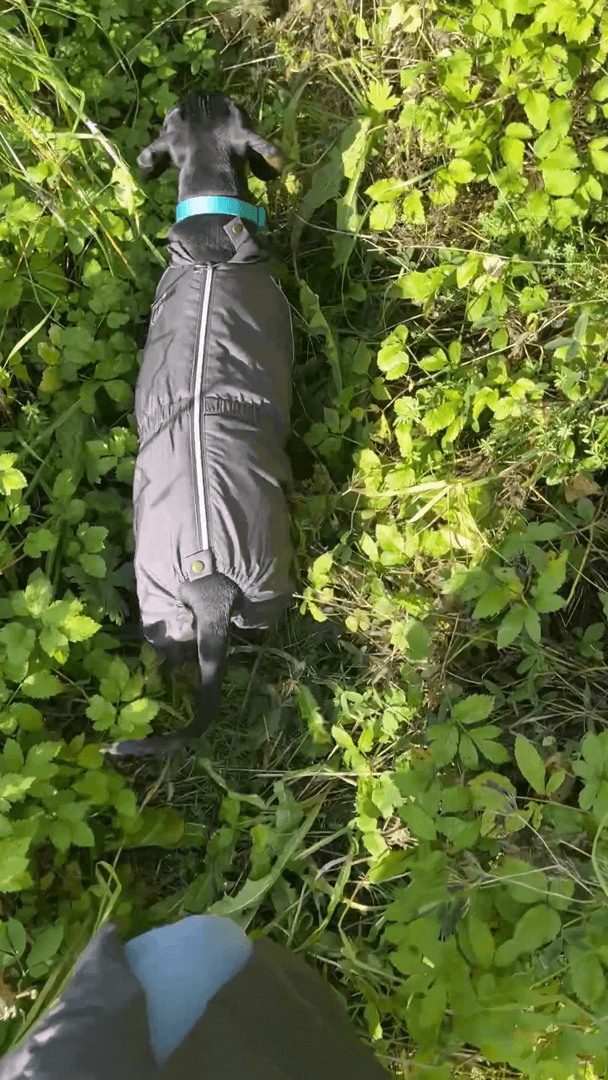HuntingWithDogs - News
The Saluki: An Ancient Hunting Dog with Timeless Skill
The Saluki, one of the oldest known dog breeds, is a sighthound bred for pursuing game across vast terrains. For centuries, they've been prized
Hunting in Cumbria, England: geography, types of hunting and hunting animals, hunting seasons and legislation in the region
Geographical and natural features of the region
Cumbria is famous for its
Hunting in New Zealand: A Comprehensive Guide for hunters
New Zealand, often referred to as the "Land of the Long White Cloud," is a haven for hunting enthusiasts. From its stunning landscapes to its
The Mighty Dachshund: Small Dog, Big Hunting Power
The Dachshund, often lovingly referred to as the "wiener dog", may be small, but it's a true powerhouse in the world of hunting. Originally bred in
Explore Tasman hunting regions: a blend of beauty and adventure, seasonal hunting schedules and hunter demographics
Terrain and natural properties of the region that inspire hunting
From the mountain
Hunting in Dalarna, Sweden: A comprehensive guide for hunters, including species, seasons, permits, regulations, and tips for hunt in the heart of Sweden
Dalarna, a picturesque region in central Swed
Hunting in Abisko National Park, Sweden: A comprehensive guide covering hunting seasons, species, regulations, and tips for a hunt in Sweden
Abisko National Park, situated in Sweden’s Arctic region,
Top Northland hunting adventures: Hunting seasons, Game, Laws, and top adventures in New Zealand
Geography and nature of Northland hunting: landscape features for hunting trophies
Northland hunting r
Related to request “HuntingWithDogs”








